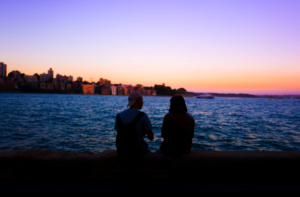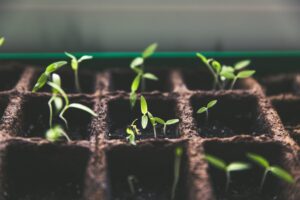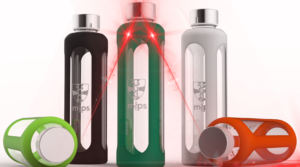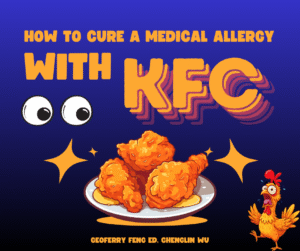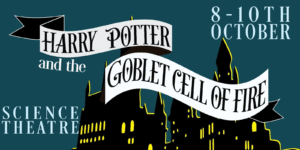
written by BRIAN FENG (edited by KATERINA THEOCHAROUS)
“Half a century after Nixon’s war [on drugs] was declared, sadly, there has been no better time to run a drug cartel.” – Tom Wainwright, Narconomics
Tom Wainwright’s outlook might be bleak, but it’s true – the war on drugs is failing. Despite the hundreds of billions that the world’s taxpayers have spent in this war, the estimated number of people using drugs globally climbed from 208 million to 275 million between 2006 and 2016. The number of people afflicted with drug disorders reached 35 million in 2017, and drug-related deaths reached over half a million.
This failure is no surprise. The favoured policy of drug prohibition may seem logical, but all we are doing is driving the drug market underground, into the hands of cartels. This is equivalent to banning candy floss at an amusement park, only for another supplier to pop up on the neighbouring street. Except this supplier is shady, has guns, and there are no regulations controlling what’s being put inside the candy floss. But regardless, the kids and couples will still flock to him. Our policymakers don’t understand that prohibition does not equal control, but rather the handing over of the reins to a much more sinister force.
The Circuit of Addiction
How does someone get addicted to drugs?
Drug usage can be divided into two progressive stages: the chosen usage (e.g. smoking pot out of curiosity) and subsequently, the compelled usage. It is the second stage which we call ‘addiction’, where reinforced physiological and psychological circuits drive our bodies to consume a substance even at the cost of our lives.
Although physiological circuits are indubitably hard to break (for example, when overcoming withdrawal seizures), it is often the psychological circuits that cause people who have come ‘clean’ to relapse. These ingrained circuits tell us “12 pm lunch break, time to light a cigarette.” A drug user trying to come clean will experience these urges time and time again…after a coffee, after a meal, before picking up the kids…and every time they satisfy themselves, the circuit is reinforced.
The line between stages I and II is blurred and poorly understood, but one thing is for certain: the transition between the two is gradual. Your body (and mind) doesn’t wake up one morning and decide “I’m addicted.” Even if you overdosed on cocaine one night, you wouldn’t wake up the next morning with any sort of craving for the powder. It takes time for a circuit to take root in you.
In light of this, the social context of addiction becomes a very important factor. In America, a unique opioid epidemic has taken over the white middle-class population. But why would John, a 40-year-old salaryman, use fentanyl to the point of addiction?
Because he’s in pain. An unhappy marriage. An old scar. Working an office job he doesn’t love. Some days, he doesn’t feel like waking up in the morning… because he has nothing to look forward to other than falling asleep at night. Aren’t we all scared we’ll grow up to be like that?
From this perspective, it’s clear that John’s descent into drug addiction is driven by more than chemical hooks. Addiction, put simply, is a reflection of John’s depression, and the pills a manifestation of his loneliness.
Obviously, there exists plenty of people who have experienced similar situations to this hypothetical ‘John’ and are not addicted to drugs. But I do believe that this scenario provides us with an inkling of how drugs act as an outlet for suppressed emotions, much like exercise, music or cooking, albeit a more harmful one.
This is why current prohibition strategies haven’t been effective in the war against drugs – they ignore the fact that the drug problem is an intrinsically human one. For the law to look at a person with a drug disorder, and say “Charges of cocaine possession… How much time should he spend in jail?” just doesn’t make sense. A much better question would be:
“How can we help?”
Decriminalisation: Taking the direction of least harm
In summary, drug decriminalisation involves the removal of criminal penalties for:
· Drug use/possession
· Possession of equipment used to inject drugs (e.g. syringes)
· Low-level drug sales
Let’s say you were caught holding cocaine deemed for ‘personal use’ in Portugal, where all illicit drugs were decriminalised in 2001. The drug would be confiscated, and you would be asked to turn up to the CDT (a drug counselling panel). No arrests. No courts. No jails.
Equally as important, Portugal increased its national programs for harm reduction, prevention, rehabilitation and social integration for people with drug dependencies… and the results are in.
· No significant increase in wider drug usage
· Reduction in the number of young people becoming dependent on illicit drugs
· From 1998-2011, the number of people in drug therapy increased by >60%
· The number of people arrested for drug offences dropped from >14,000 per year in 2000 to ~5000 in 2009
· The proportion of opiate-related deaths dropped from 95% in 1999 to 59% in 2008
By making the link between drug dependency and a cry for help, Portugal, at the very least, has made ground in their own war on drugs.
What now?
In April 2015, then Prime Minister Tony Abbott admitted publicly that we had an ice problem. By 2018, Australia’s ice usage had increased by 17%, with fatal drug overdoses reaching a record high of 1, 704 in 2016.
The first step to combat Australia’s own drug crisis is the decriminalisation of all illicit drugs, along with larger investments into harm reduction and rehabilitation. In light of the global drug crisis, with drug disorders and deaths spiralling out of control, we have to ask ourselves: Are we really fighting a war on drugs?
Or on people?
References:
https://wdr.unodc.org/wdr2019/prelaunch/WDR19_Booklet_2_DRUG_DEMAND.pdf
































